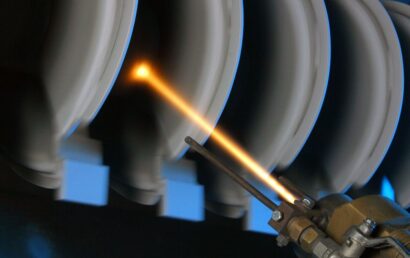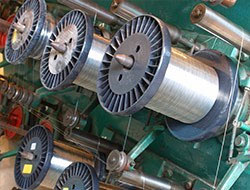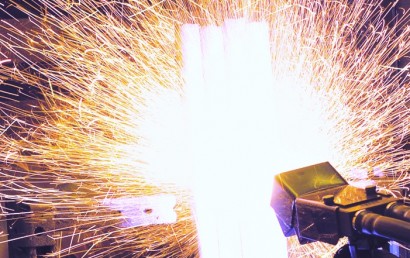Understanding Machining And Its Applications
The word “machining” is an all-encompassing word that covers many categories, i.e. specific terms, materials, and processes. A Reader’s Digest version of machining would be ‘the mechanical altering of a material by the use of lathe, a mill, or some other type of machining tool in order to create the end product desired’.
The materials being machined can be a type of metal, plastic, or wood and the machines used to process those materials can consist of everything from complex computer-controlled devices to manual turning devices. The following is a relatively simplistic breakdown of modern machining. What are the different types of machining and a little bit about them:
Screw Machining
Here, screws and threads or other turning components are created by automated CNC lathes or screw machines. High-volume runs of small parts are generated by this metalworking process. Screw machining involves working with a range of materials that qualify as metals, as this is a metalworking process; while the application here is to generate large quantities of small specialty parts and produce parts having complex geometries. Processes in screw machining entail form tooling, rotary transferring, rotary broaching, and threading.
EDM or Electrical Discharge Machining
With EDM, a workpiece is altered or shaped through the use of a primary machining tool which utilizes an electrical discharge. The two types of electrical discharge machining are ‘wire’ and ‘sinker’. Applications of EDM consist of short product runs, small hole drilling, the making of a highly specific parts such as prototypes, and in mold-making. It is frequently used in the creation of 3-D geometries.
Good for generating products that have low residual stress, and a process that is able to yield precise and intricate parts, Wire EDM is where the workpiece has a brass wire fed through it and is placed in a dialectical fluid, then hooked up to a power source which involves electrical discharge. Products having low residual stress are typically generated by this process.
Typically used to create 3-D geometries, Sinker EDM involves an electrode and the workpiece both being connected to a power source after being submerged in insulating fluid. Portions of the workpiece are cut away by sparks that are generated by the electrode (and power source) as the two components get closer together.
Conventional Machining
In this process, the operation of a drill, mill, or lathe is manually overseen by an operator. In the place of an operator, the machine may depend upon a computer in the nonconventional machining method referred to as CMC (computer numerical controlled) process.
Company services and machine types will dictate work specifications while a wide variety of metals and wood are used as conventional machining materials. Conventional machining covers drilling, milling, and other basic machine involved processes.
Chemical Machining
Metal etching and finishing and PCM (photo-chemical machining) are covered by chemical machining. Components having extremely tight tolerances are typically produced by chemical machining. Other services may be customized processes or precision engraving through CNC (computer numerical control) – different services are offered by different companies. Materials included in this process can commonly be brass, copper, bronze, aluminum, and stainless steel.
Applications and or processes include finishing and etching which may be applied to a variety of aerospace components, metal spacers, gaskets, etc. PCM (photo-chemical machining) is used on a variety of alloys and metals with a thickness of less than 0.100 inches. Screened meshes, laser mirrors, and linear encoders are some of the prototypes/products produced through this process.
Again, this is a brief, oversimplified breakdown but it does outline the basic concepts and some of the terms involved. Hopefully, it will make the understanding of machining and its applications just a bit clearer.



